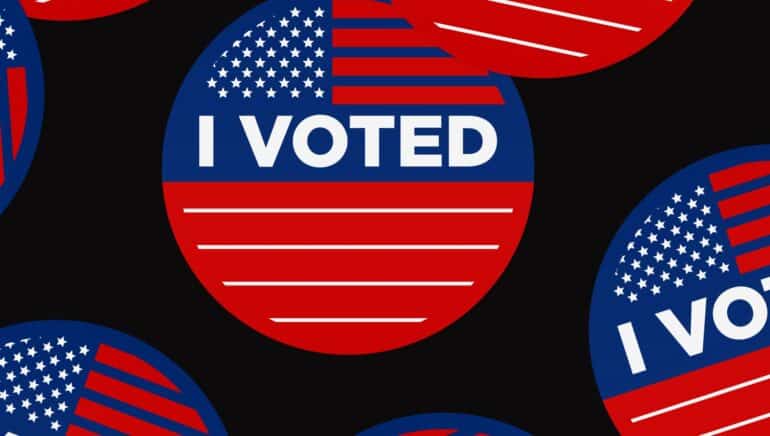The US elections in November are not only important from a geopolitical perspective. The market participants, too, are trying to evaluate their implications for the capital markets.
Polls favouring the Democrats
In the polls, presidential candidate Biden is eight to ten percentage points ahead of Trump. This could be due to the negative economic development in conjunction with the (mis)management of the corona crisis and the national protests and riots. However, the gap between Biden and Trump was bigger just a few weeks ago.
While the polls at this point still favour Biden, the shrinking gap suggests that all is not lost for Trump. The economy is recovering, and the campaign rhetoric is extremely harsh and polarising. An additional fiscal stimulus a few weeks ahead of the elections could support consumer confidence, which has fallen.
A national majority is not necessary for a victory in the US electoral system. The president and vice president are elected by electoral delegates from the various States. Winning the relative majority of a candidate in a specific State means that all of the delegates of this State will vote for that candidate. The delegates per State are based on the number of members of the Senate and the House of Representatives.
100 Senators and 435 Representatives make up 535 electoral delegates. In addition, there are three electoral delegates for the District of Columbia, i.e. the seat of the federal government. An election victory requires an absolute majority of 270 electoral delegates. Swing states such as Florida are fiercely contested.
How does the election outcome affect the stock market?
It is a historical fact that the equity indices would often perform worse during the weeks after a Democratic victory than after a Republican victory. Republican election programmes are generally regarded as rather more pro-business, maybe erroneously so.
However, this effect would quickly dissipate in the past. Looking back, we cannot see any clear correlation between political party and stock market performance during the entire term of office of the various presidents. This has less to do with announced vs. implemented election programmes.
On the Republican side, the stagflation in the 1970s (Nixon, Ford) and the recessions in 2001 (tech bubble) and 2007 (Great Financial Crisis) stand out. On the Democratic side, the boom years under Clinton and the recovery in the wake of the Great Financial Crisis are preeminent.
Election programme: protectionisms versus regulation
Only on the surface do the proposals levied by the Democrats present a bigger risk for equities than those made by the Republicans. Trump’s corporate tax cut to 21% is to be partially reversed to 28%. The healthcare system is earmarked for reform. Public healthcare is to be made available by choice.
We have also noticed a generally negative stance vis-à-vis companies with too much market power (oligopolies) throughout the campaign (e.g. the breaking-up of Big Tech). Also, oil and gas production is to be capped, and the minimum wage would be raised from USD 7.25 to USD 15 per hour.
The Republicans, on the other hand, want to de-couple economically from China, they favour more funding for the police, are against immigration, and want to curb the defence budget for foreign deployment.
Both sides argue for an investment programme that benefits the infrastructure. The Democrats focus on renewable energy in an effort to reduce carbon emissions. Both parties are in favour of capping drug prices.
It is unclear whether the tax hikes and more stringent regulation as suggested by the Democrats would hit harder than the protectionism (and the withdrawal of the USA from international organisations) and the conflict with China that would come with a Republican victory. Also, not all suggestions of election programmes are actually put into action. Only in a case where the president is from the party that holds the majority in the Senate is the likelihood of actual implementation elevated. At the moment, the Republicans hold the Senate majority.

Medium-term recovery trumps short-term noise
In the run-up to the elections, harsh rhetoric – especially against China – may affect the market sentiment negatively. After the elections, a victory for Biden could weigh on share prices as a first reaction, because prices are sometimes also driven by headlines of little substance (“tax hike”, “regulation”).
Also, Trump might not accept defeat and go to court. This uncertainty would also be detrimental to market sentiment.
In the long run, the strength of the economic recovery in the coming years will probably be driving the markets. This is ultimately due to one key parameter: the federal budget. The more expansive the budget policy (i.e. high budget deficits) – and both parties basically favour this approach – the more favourable is the outlook for the economic recovery and thus for equities.
Legal note:
Prognoses are no reliable indicator for future performance.

